THIRD WORLD U$A
‘Nowhere to go’: Low-income tenants lack options as old mobile home parks razed
ANITA SNOW Associated Press
May 27, 2023
PHOENIX — Alondra Ruiz Vazquez and her husband were comfortable in Periwinkle Mobile Home Park for a decade, feeling lucky to own their mobile home and pay about $450 a month for their lot in a city with spiraling rents.
But now they and dozens of other families have until May 28 to leave the Phoenix park, which nearby Grand Canyon University purchased seven years ago to build student housing. Two other mobile home communities are also being cleared this spring for new developments in a city where no new parks have been built in more than 30 years.
Alondra Ruiz Vazquez walks outside her home at the Periwinkle Mobile Home Park on April 11 in Phoenix. Residents of the park are facing an eviction deadline of May 28 due to a private university's plan to redevelop the land for student housing. Matt York, Associated Press
“I'm here, well, because I have nowhere to go,” said Isabel Ramos, who lives at Periwinkle with her 11-year-old daughter. “I don't know what's going to happen.”
The razing of older mobile home parks across the United States worries advocates who say bulldozing them permanently eliminates some of the already limited housing for the poorest of the poor. Residents may have to double up with relatives or live in their cars amid spiking evictions and homelessness, they warn.
“Mobile homes are a much bigger part of our affordable housing stock than people know,” said Mark Stapp, who directs Arizona State University's master's degree program in real estate development. “Once it’s gone, a lot of people will have no place to go.”
A recent survey by the National Low Income Housing Coalition showed a U.S.-wide shortage of 7.3 million affordable rental homes for extremely low-income renters, defined in Arizona as a a three-member household making $28,850 or less.
Industry groups estimate that more than 20 million people live in some 43,000 mobile home parks across the United States.
“We are in the deepest affordable housing crisis we’ve ever experienced,” said Joanna Carr, acting head of the Arizona Housing Coalition. “Housing for many people is getting completely out of reach. It’s very dire.”
Ken Anderson, president of the Manufactured Housing Industry of Arizona, said trying to bring an old park up to modern standards can be cost-prohibitive for owners, requiring replacement of electrical and sewage infrastructure for newer homes.
At least six such communities have been torn down in Arizona in the last 18 months, he said, adding that Grand Canyon University “bent over backwards” to help residents more than other park owners.
“A lot of these parks are 70 years old,” said Anderson, noting an uptick in demolitions of older communities for redevelopment. “It’s going to be a big problem down the line.”
Efforts under way to revitalize old mobile homes have limits. Despite their name, most aren't truly mobile, and moving them can be very costly. The oldest homes are often too decrepit to move at al
The Department of Housing and Urban Development recently announced $225 million in grants to governments, tribes and nonprofits to preserve mobile homes, but the money can only be used to replace, not repair dwellings built before 1976, which are common at older parks.
Vermont earlier this year announced a mobile home improvement program to be funded by $4 million in federal money. It aims to help park owners prepare vacant or abandoned lots for new mobile homes, and help mobile homeowners install new foundations and make their dwellings more habitable.
In Riverdale, Utah, the last of about 50 families at Lesley's Mobile Home Park must leave by the end of May for construction of new apartments and townhouses.
“The state laws don't protect us," said Jason Williams, who sold his mobile home for half what he asked for and will now live in a motorhome.
Cities often don't like older parks because unlike other housing they don't generate property taxes for municipal services. Rundown parks can also be eyesores, depressing the worth of nearby properties even as the value of the land the mobile homes sit on has increased exponentially.
In Phoenix, Grand Canyon University said in a statement it “waited as long as it could” to build new student housing after buying Periwinkle in 2016.
Many park residents are Spanish-speaking immigrants earning minimum wage as landscapers or restaurant workers. There are also retirees living on Social Security.
The Phoenix City Council this spring decided to let the eviction proceed, but set aside $2.5 million in federal funds to help mobile home park residents facing eviction in the future.
CEO Mike Trailor of the nonprofit Trellis, who once headed the Arizona Department of Housing, said the organization is working with the university to help Periwinkle families find apartments and arrange to move mobile homes that can be moved.
Still, Phoenix activist Salvador Reza said most families face uncertain futures.
“Some of them might move in with another family, with an uncle or aunt," said Reza. "Some might go out into the streets and become part of the homeless.”
A new law in Arizona recently increased state funds for owners forced to move their mobile homes because of redevelopment to $12,500 for a single-section dwelling and $20,000 for a multi-section.
Those who must abandon their home because of precarious condition can now get $5,000 for a single-section home and up to $8,000 for a multi-section.
Periwinkle resident Graciela Beltran said it’s not enough.
“They want my house?” she asked, her voice cracking. “Give me a house that is equal to mine. I am not asking for anything more.”









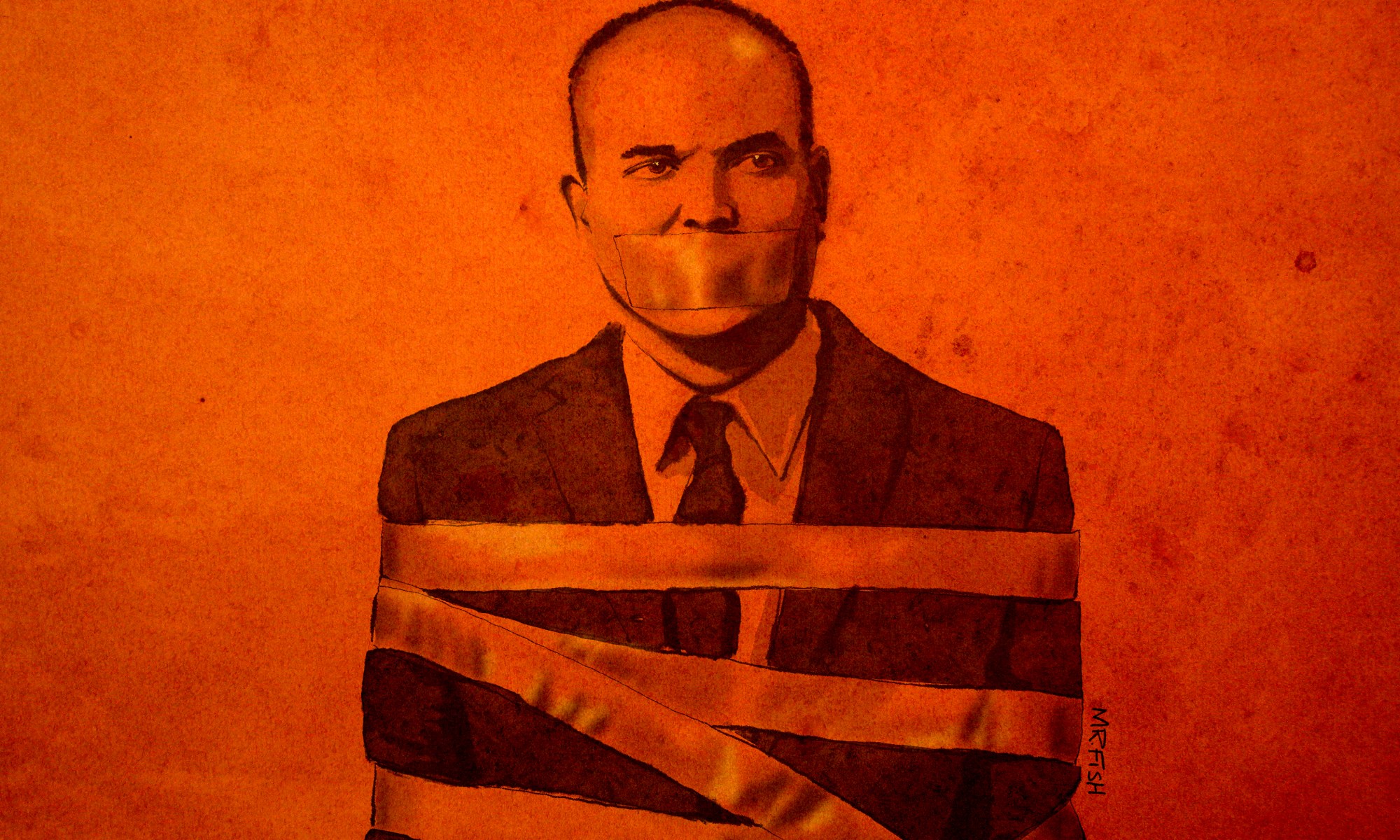

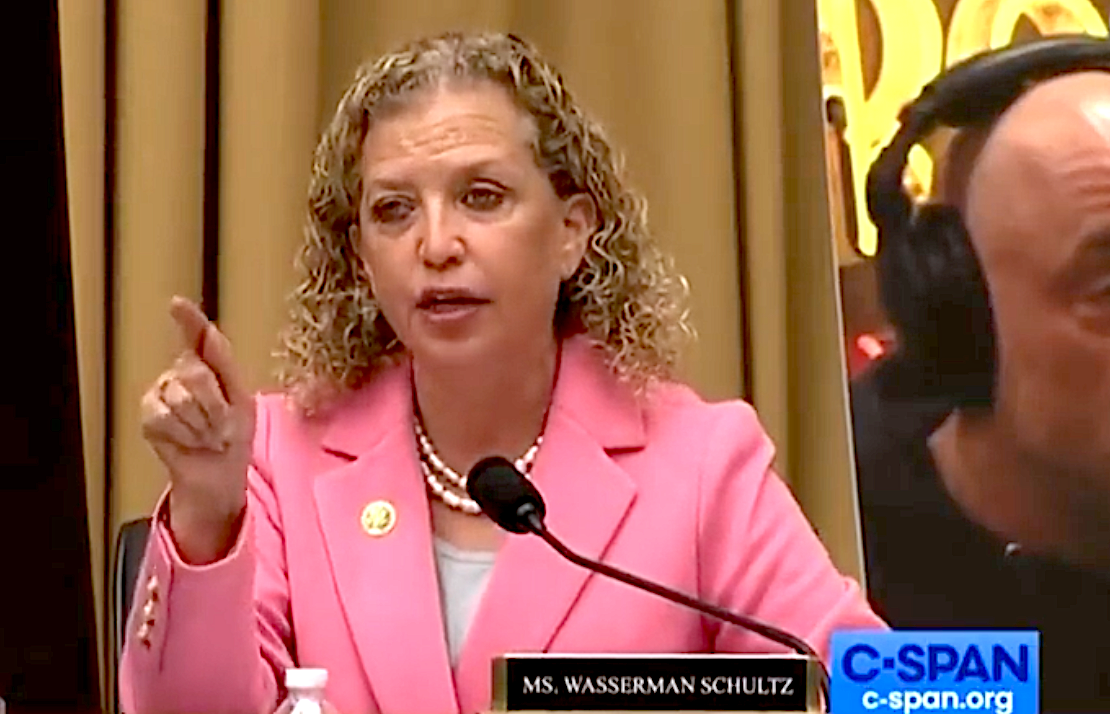
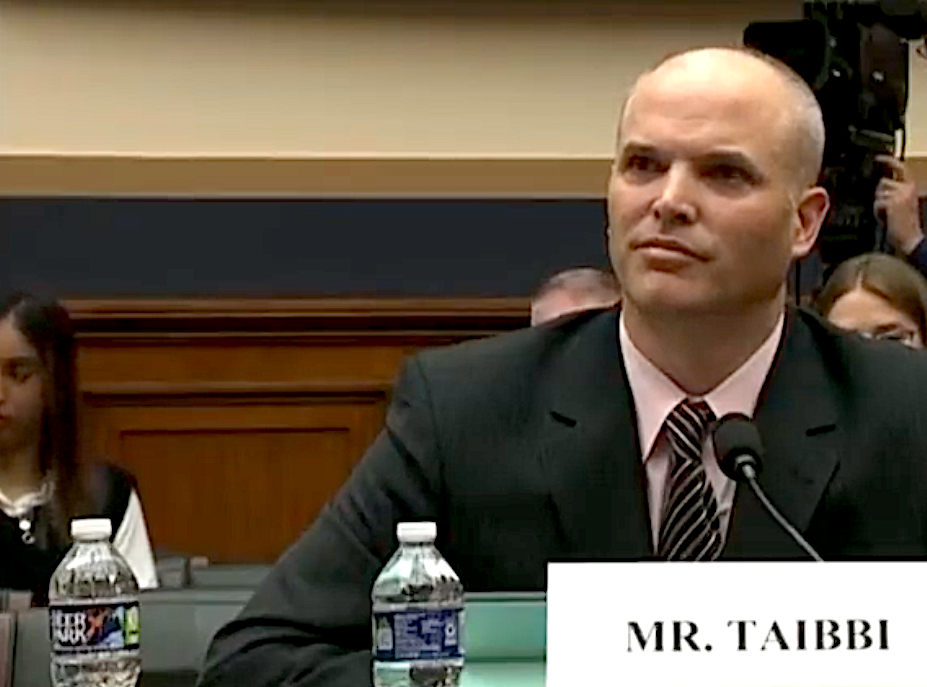


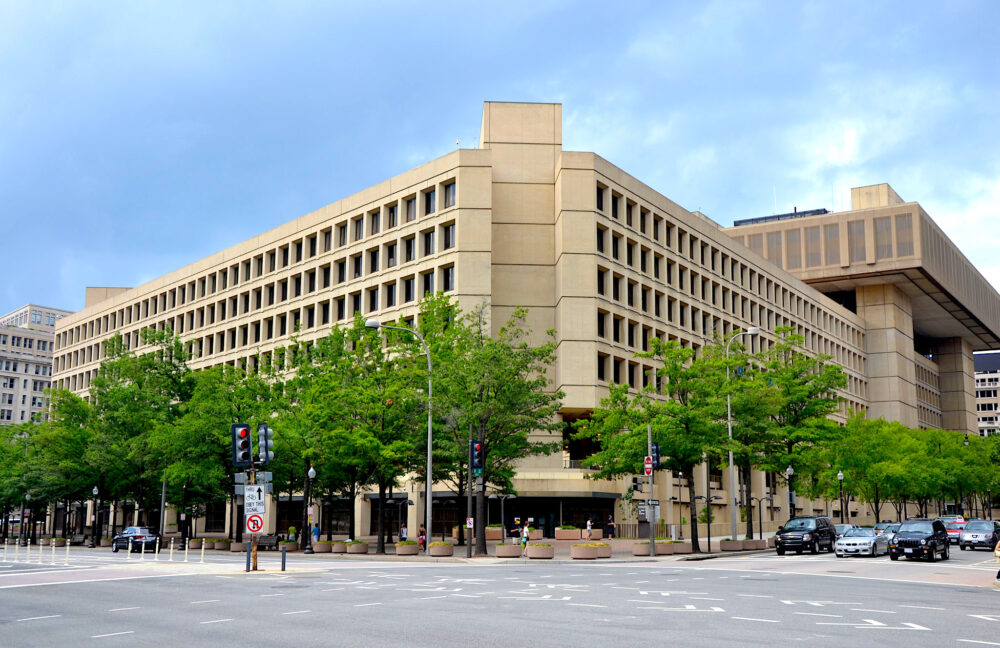












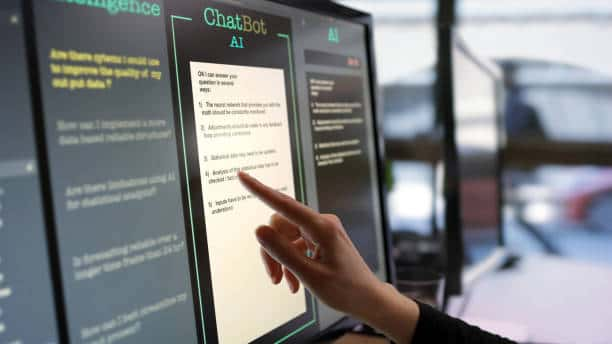 Image Source: Pexels | Photo by Laurence Dutton
Image Source: Pexels | Photo by Laurence Dutton